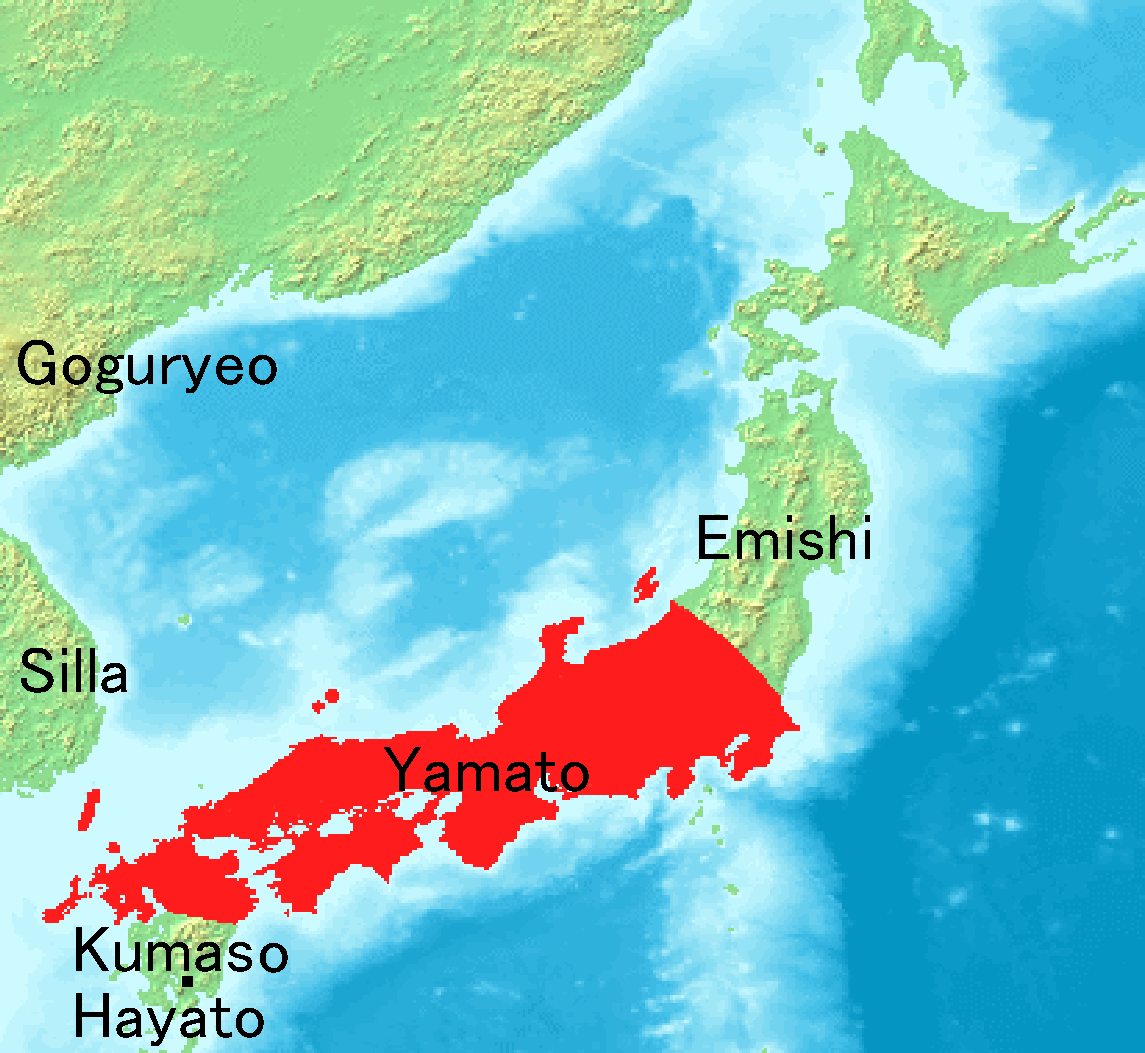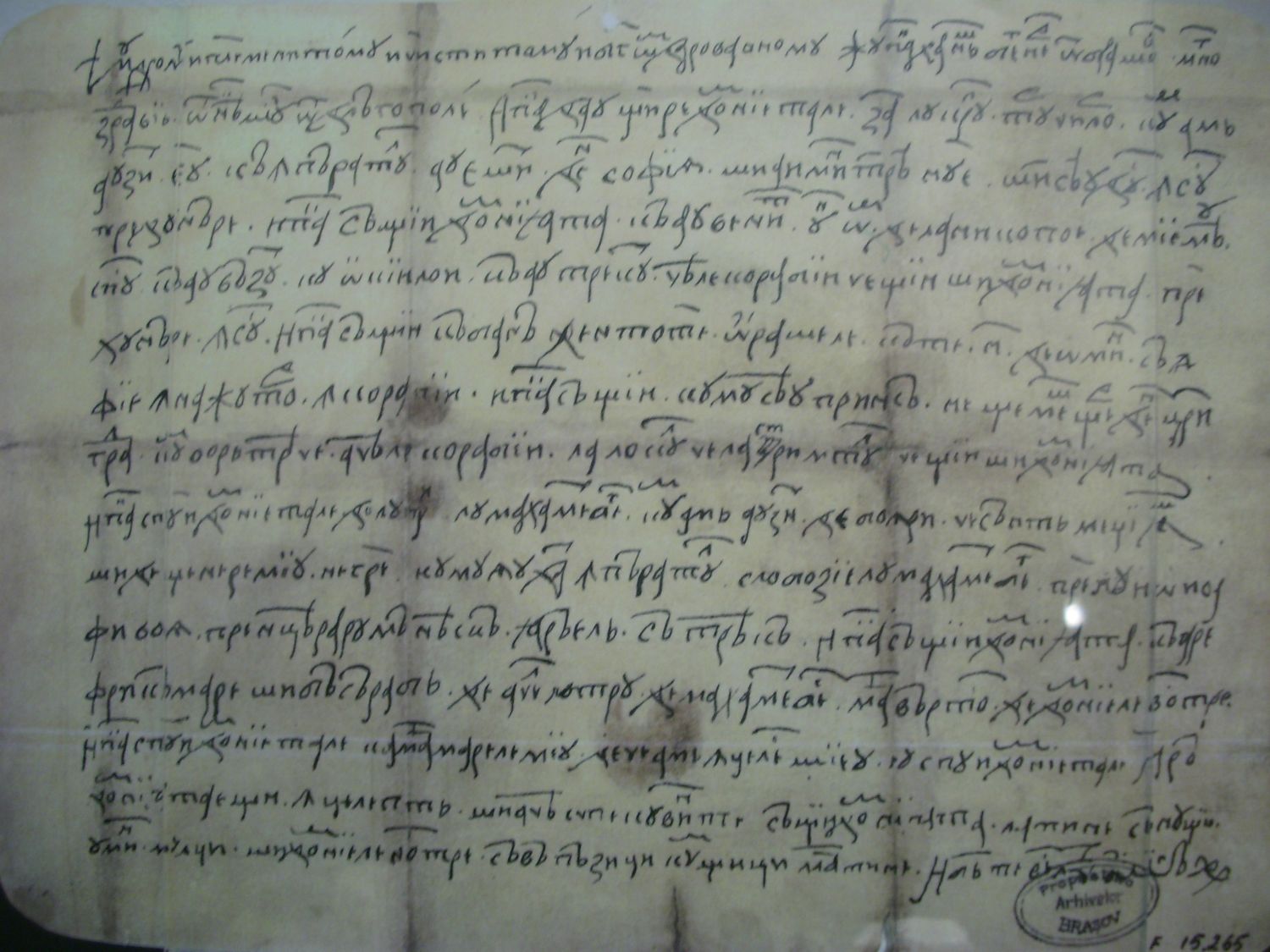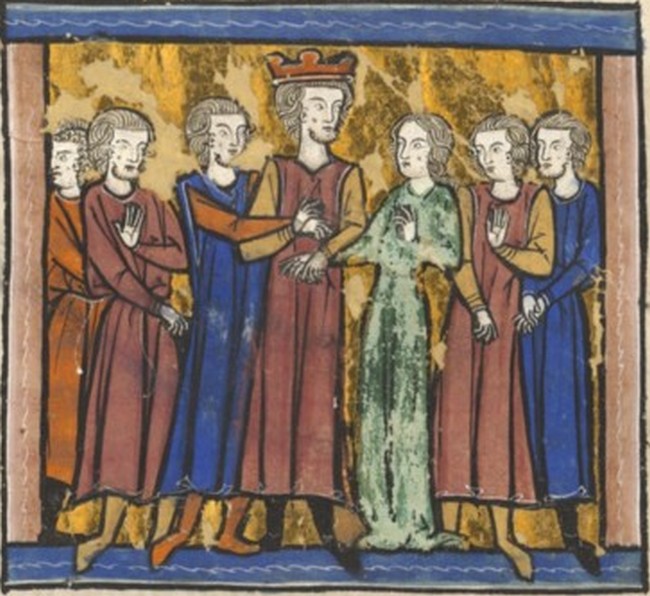|
August 28
Events Pre-1600 * 475 – The Roman general Orestes forces western Roman Emperor Julius Nepos to flee his capital city, Ravenna. * 489 – Theodoric, king of the Ostrogoths, defeats Odoacer at the Battle of Isonzo, forcing his way into Italy. * 632 – Fatimah, daughter of the Islamic prophet Muhammad, dies, with her cause of death being a controversial topic among the Sunni Muslims and Shia Muslims. * 663 – Silla–Tang armies crush the Baekje restoration attempt and force Yamato Japan to withdraw from Korea in the Battle of Baekgang. * 1189 – Third Crusade: The Crusaders begin the Siege of Acre under Guy of Lusignan. * 1521 – Ottoman wars in Europe: The Ottoman Turks occupy Belgrade. * 1524 – The Kaqchikel Maya rebel against their former Spanish allies during the Spanish conquest of Guatemala. * 1542 – Turkish–Portuguese War: Battle of Wofla: The Portuguese are scattered, their leader Christovão da Gama is captured and later ... [...More Info...] [...Related Items...] OR: [Wikipedia] [Google] [Baidu] |
Roman Empire
The Roman Empire ( la, Imperium Romanum ; grc-gre, Βασιλεία τῶν Ῥωμαίων, Basileía tôn Rhōmaíōn) was the post-Republican period of ancient Rome. As a polity, it included large territorial holdings around the Mediterranean Sea in Europe, North Africa, and Western Asia, and was ruled by emperors. From the accession of Caesar Augustus as the first Roman emperor to the military anarchy of the 3rd century, it was a Principate with Italia as the metropole of its provinces and the city of Rome as its sole capital. The Empire was later ruled by multiple emperors who shared control over the Western Roman Empire and the Eastern Roman Empire. The city of Rome remained the nominal capital of both parts until AD 476 when the imperial insignia were sent to Constantinople following the capture of the Western capital of Ravenna by the Germanic barbarians. The adoption of Christianity as the state church of the Roman Empire in AD 380 and the fall of the Western ... [...More Info...] [...Related Items...] OR: [Wikipedia] [Google] [Baidu] |
Yamato Period
The is the period of Japanese history when the Imperial court ruled from modern-day Nara Prefecture, then known as Yamato Province. While conventionally assigned to the period 250–710, including both the Kofun period (–538) and the Asuka period (538–710), the actual start of Yamato rule is disputed. The Yamato court's supremacy was challenged during the Kofun period by other polities centered in various parts of Japan. What is certain is that Yamato clans had major advantages over their neighbouring clans in the 6th century. This period is divided by the relocation of the capital to Asuka, in modern Nara Prefecture. However, the Kofun period is an archaeological period while the Asuka period is a historical period. Therefore, many think of this as an old division and this concept of period division is no longer applicable. At the era of Prince Shōtoku in the early 7th century, a new constitution was prescribed for Japan based on the Chinese model. After the fall of B ... [...More Info...] [...Related Items...] OR: [Wikipedia] [Google] [Baidu] |
Spanish Conquest Of Guatemala
In a protracted conflict during the Spanish colonization of the Americas, Spanish colonisers gradually incorporated the territory that became the modern country of Guatemala into the colonial Viceroyalty of New Spain. Before the conquest, this territory contained a number of competing Mesoamerican kingdoms, the majority of which were Maya. Many conquistadors viewed the Maya as "infidels" who needed to be forcefully converted and pacified, disregarding the achievements of their civilization.Jones 2000, p. 356. The first contact between the Maya and European explorers came in the early 16th century when a Spanish ship sailing from Panama to Santo Domingo was wrecked on the east coast of the Yucatán Peninsula in 1511. Several Spanish expeditions followed in 1517 and 1519, making landfall on various parts of the Yucatán coast. The Spanish conquest of the Maya was a prolonged affair; the Maya kingdoms resisted integration into the Spanish Empire with such tenacity that their defeat t ... [...More Info...] [...Related Items...] OR: [Wikipedia] [Google] [Baidu] |
Maya Civilization
The Maya civilization () of the Mesoamerican people is known by its ancient temples and glyphs. Its Maya script is the most sophisticated and highly developed writing system in the pre-Columbian Americas. It is also noted for its art, architecture, mathematics, calendar, and astronomical system. The Maya civilization developed in the Maya Region, an area that today comprises southeastern Mexico, all of Guatemala and Belize, and the western portions of Honduras and El Salvador. It includes the northern lowlands of the Yucatán Peninsula and the highlands of the Sierra Madre, the Mexican state of Chiapas, southern Guatemala, El Salvador, and the southern lowlands of the Pacific littoral plain. Today, their descendants, known collectively as the Maya, number well over 6 million individuals, speak more than twenty-eight surviving Mayan languages, and reside in nearly the same area as their ancestors. The Archaic period, before 2000 BC, saw the first developments in agricul ... [...More Info...] [...Related Items...] OR: [Wikipedia] [Google] [Baidu] |
Kaqchikel People
The Kaqchikel (also called Kachiquel) are one of the indigenous Maya peoples of the midwestern highlands in Guatemala. They constitute Guatemala's third largest Maya group. The name was formerly spelled in various other ways, including Cakchiquel, Kakchiquel, Caqchikel, and Cachiquel. In Postclassic Maya times the capital of the main branch of the Kaqchikel was Iximché. Like the neighboring K'iche' (Quiché), they were governed by four lords: Tzotzil, Xahil, Tucuché and Acajal, who were responsible for the administrative, military and religious affairs. The Kakchikel recorded their history in the book ''Annals of the Cakchiquels'', also known as '' Memorial de Sololá''. The Chajoma were another Kaqchikel-speaking people; the ruins of Mixco Viejo have been identified as their capital. Iximché was conquered by the Spanish conquistador Pedro de Alvarado in 1524. At that time, the Kaqchikel were the enemies of the neighbouring K'iche' Kingdom, and helped the Spaniards to ... [...More Info...] [...Related Items...] OR: [Wikipedia] [Google] [Baidu] |
1524
__NOTOC__ Year 1524 ( MDXXIV) was a leap year starting on Friday (link will display the full calendar) of the Julian calendar. Events January–June * January 17 – Florentine explorer Giovanni da Verrazzano, on board '' La Dauphine'' in the service of Francis I of France, sets out from Madeira for the New World, to seek out a western sea route to the Pacific Ocean. * March – Spanish conquistador Pedro de Alvarado destroys the Kʼicheʼ kingdom of Qʼumarkaj, taking the capital, Quiché. * March 1 ''(approximate date)'' – da Verrazzano's expedition makes landfall at Cape Fear. * April 17 – Verrazzano's expedition makes the first European entry into New York Bay, and sights the island of Manhattan. * April 30 – Battle of the Sesia: Spanish forces under Charles de Lannoy defeat the French army in Italy, under William de Bonnivet. The French, now commanded by François de St. Pol, withdraw from the Italian Peninsula. * May 26 & ... [...More Info...] [...Related Items...] OR: [Wikipedia] [Google] [Baidu] |
Belgrade
Belgrade ( , ;, ; Names of European cities in different languages: B, names in other languages) is the Capital city, capital and List of cities in Serbia, largest city in Serbia. It is located at the confluence of the Sava and Danube rivers and the crossroads of the Pannonian Basin, Pannonian Plain and the Balkan Peninsula. Nearly 1,166,763 million people live within the administrative limits of the City of Belgrade. It is the third largest of all List of cities and towns on Danube river, cities on the Danube river. Belgrade is one of the List of oldest continuously inhabited cities, oldest continuously inhabited cities in Europe and the world. One of the most important prehistoric cultures of Europe, the Vinča culture, evolved within the Belgrade area in the 6th millennium BC. In antiquity, Thracians, Thraco-Dacians inhabited the region and, after 279 BC, Celts settled the city, naming it ''Singidunum, Singidūn''. It was Roman Serbia, conquered by the Romans under the reign ... [...More Info...] [...Related Items...] OR: [Wikipedia] [Google] [Baidu] |
Ottoman Turks
The Ottoman Turks ( tr, Osmanlı Türkleri), were the Turkic founding and sociopolitically the most dominant ethnic group of the Ottoman Empire ( 1299/1302–1922). Reliable information about the early history of Ottoman Turks remains scarce, but they take their Turkish name, ''Osmanlı'' ("Osman" became altered in some European languages as "Ottoman"), from the house of Osman I (reigned 1299–1326), the founder of the House of Osman, the ruling dynasty of the Ottoman Empire for its entire 624 years. Expanding from its base in Söğüt, the Ottoman principality began incorporating other Turkish-speaking Muslims and non-Turkish Christians. Crossing into Europe from the 1350s, coming to dominate the Mediterranean Sea and, in 1453, invading Constantinople (the capital city of the Byzantine Empire), the Ottoman Turks blocked all major land routes between Asia and Europe. Western Europeans had to find other ways to trade with the East. Brief history The "Ottomans" first ... [...More Info...] [...Related Items...] OR: [Wikipedia] [Google] [Baidu] |
Ottoman Wars In Europe
A series of military conflicts between the Ottoman Empire and various European states took place from the Late Middle Ages up through the early 20th century. The earliest conflicts began during the Byzantine–Ottoman wars, waged in Anatolia in the late 13th century before entering Europe in the mid 14th century with the Bulgarian–Ottoman wars. In the mid 15th century, the Serbian–Ottoman wars and the Albanian–Turkish Wars (1432–1479), Albanian-Turkish wars were waged by Serbia and Albania respectively against the Ottoman Turks. Much of this period was characterized by Rumelia, Ottoman expansion into the Balkans. The Ottoman Empire made further inroads into Central Europe in the 15th and 16th centuries, culminating in the peak of Ottoman territorial claims in Europe. The Ottoman–Venetian wars spanned four centuries, starting in 1423 and lasting until 1718. This period witnessed the Siege of Negroponte (1470), fall of Negroponte in 1470, the Siege of Famagusta, fall of F ... [...More Info...] [...Related Items...] OR: [Wikipedia] [Google] [Baidu] |
1521
1521 ( MDXXI) was a common year starting on Tuesday (link will display the full calendar) of the Julian calendar, the 1521st year of the Common Era (CE) and ''Anno Domini'' (AD) designations, the 521st year of the 2nd millennium, the 21st year of the 16th century, and the 2nd year of the 1520s decade. Events January–June * January 3, 1521 – Pope Leo X excommunicates Martin Luther, in the papal bull ''Decet Romanum Pontificem''. * January 22 – Charles V, Holy Roman Emperor, opens the Diet of Worms in Worms, Germany. * January 27 – Suleiman the Magnificent suppresses a revolt by the ruler of Damascus. * February 2 – The Nydala Abbey Bloodbath takes place at Nydala Abbey, Sweden; the abbot and many monks are murdered by Danes. * March 6 ** Ferdinand Magellan makes first European contact with Guam. ** Martin Luther is summoned to appear before the Diet of Worms. * March 16 – Ferdinand Magellan reaches the Philippines. * March 31 – ... [...More Info...] [...Related Items...] OR: [Wikipedia] [Google] [Baidu] |
Guy Of Lusignan
Guy of Lusignan (c. 1150 – 18 July 1194) was a French Poitevin knight, son of Hugh VIII of Lusignan and as such born of the House of Lusignan. He was king of Jerusalem from 1186 to 1192 by right of marriage to Sibylla of Jerusalem, and King of Cyprus from 1192 to 1194. Having arrived in the Holy Land (where his brother Aimery of Lusignan was already prominent) at an unknown date, Guy was hastily married to Sibylla in 1180 to prevent a political incident within the kingdom. As the health of his brother-in-law, Baldwin IV of Jerusalem, deteriorated, Guy was appointed by Sibylla as regent for his stepson, Baldwin V of Jerusalem. Baldwin IV died in 1185, followed shortly by Baldwin V in 1186, leading to the succession of Sibylla and Guy to the throne. Guy's reign was marked by increased hostilities with the Ayyubids ruled by Saladin, culminating in the Battle of Hattin in July 1187—during which Guy was captured—and the fall of Jerusalem itself three months later. Following ... [...More Info...] [...Related Items...] OR: [Wikipedia] [Google] [Baidu] |
Siege Of Acre (1189–91)
Siege of Acre may refer to: *Siege of Acre (1104), following the First Crusade *Siege of Acre (1189–1191), during the Third Crusade *Siege of Acre (1263), Baibars laid siege to the Crusader city, but abandoned it to attack Nazareth. *Siege of Acre (1291), the fall of the final Crusader city in the Levant *Siege of Acre (1799), during the French Revolutionary Wars *Siege of Acre (1821), part of Ottoman power struggles *Siege of Acre (1832) Ibrahim Pasha ( tr, Kavalalı İbrahim Paşa; ar, إبراهيم باشا ''Ibrāhīm Bāshā''; 1789 – 10 November 1848) was an Ottoman Albanian general in the Egyptian army and the eldest son of Muhammad Ali, the Wāli and unrecognised Kh ..., by Ibrahim Pasha of Egypt See also * Battle of Acre (other) {{Disambiguation ... [...More Info...] [...Related Items...] OR: [Wikipedia] [Google] [Baidu] |





.jpg)


